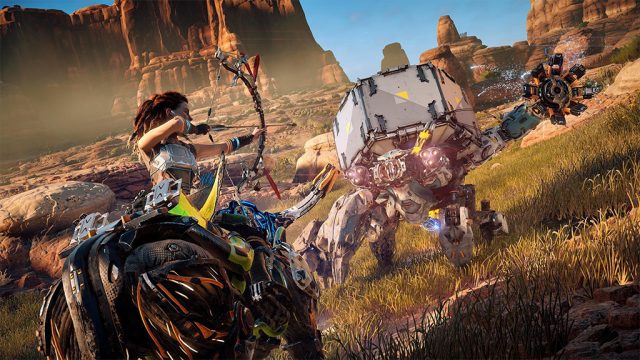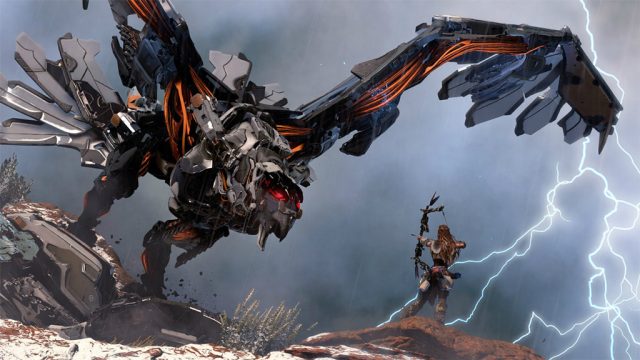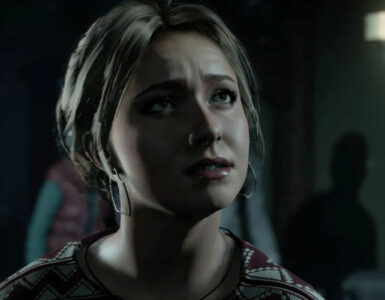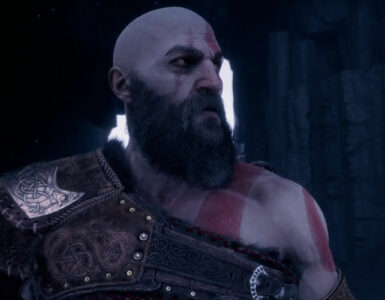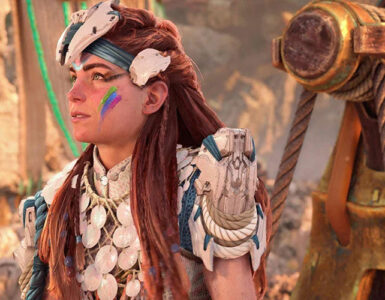With Horizon Zero Dawn (HZD) looming on the… horizon, we were excited to sit down with Guerilla Games’ Lead Concept Artist, Roland IJzermans, and pick his brain about the game when we met in Manila for a HZD media event. (You can read our review here: it’s a perfect 10!)
IJzermans first spoke about the birth of the idea that will one day blossom into the gem that is HZD. An idea pitched by a fellow studio art director brought with it the integral elements and world of a potential new intellectual property (IP). After six years of gruelling development, HZD was born.
Retaining its original focus of nature as the core theme, Guerilla Games wanted to explore “the idea of nature coming back in, and putting mankind in second place.” Unlike the often-used dark dystopian post-apocalyptic settings in other games, HZD’s world is lush and vibrant, burying the remnants of modern society. The documentary Life After People was crucial to the design process of a decaying mankind. How cities would crumble and what materials deteriorate first would become essential in creating a visually stunning mashup of man, machine, and Mother Nature.
Touching more on the visual side of things, the game’s heroine Aloy and her people, the Nora tribe, are aesthetically distinct and unique. The Nora are inspired by the tribal look of the Vikings and this visual style also extends to the clothing. Fur and leather obtained from small animals form the Nora’s attire while the tribe’s structures are built from harvested wood, tied with cables from scavenged machinery. This creates a simple yet sophisticated look for the Nora tribe.
“If mankind is no longer the dominant species, and let’s say technology is the dominant species, and to mankind that is not as educated as we are, can we perceive technology and nature to be the same thing?”
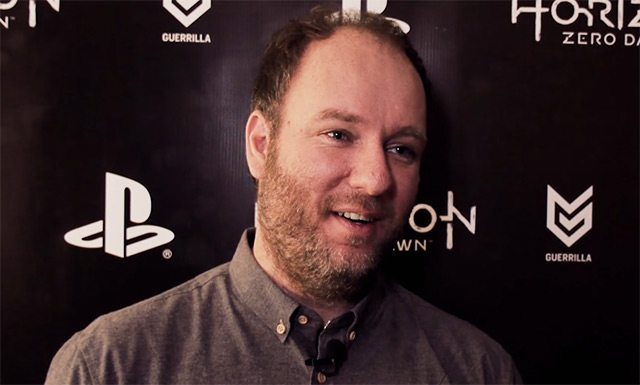
This is played out pretty much throughout our experience with the game, where hulking machines blend in with the natural landscapes. Mankind in HZD has almost universally accepted the fact that such sights are the status quo, but players know better. It makes for an “interesting juxtaposition of the polar opposites of nature and technology,” and makes a hell of a story for you to investigate.
The machines are pretty much the other star attractions, given how Guerilla Games put substantial effort into getting the look and feel right for these mechanical animals. “Creating machines that blend in with nature that have evolved over time” required expertise, and Guerilla tapped on the knowledge of a robotics professor from IJzermans’ alma mater, the Delft University of Technology, to aid the process. From trending advancements in robotics, swarm technology to new methods of manufacturing robots, a lot of thought went into the design and world-building process. Needless to say, Guerilla Games delivered on this aspect, much more than anyone expected.
Finally, we got to the topic of how challenging it was to work on a game like HZD. Coming off the long running Killzone series, the most recent being Killzone: Shadow Fall in 2013, taking on a new IP came with teething issues. Killzone, being a linear game, could get away with less environmental exposition. This is a stark contrast to HZD’s giant playground, which needed a lot more attention to the world design to enhance the game’s visual de;overu. Needless to say, IJzermans and the art team managed to pull it off, combining an aesthetically stunning design with a solid gameplay experience.
Are you excited about Horizon Zero Dawn? You should be. If not, that means you haven’t read our review here. Don’t miss out on what could be the best title yet for the Sony PlayStation 4.



